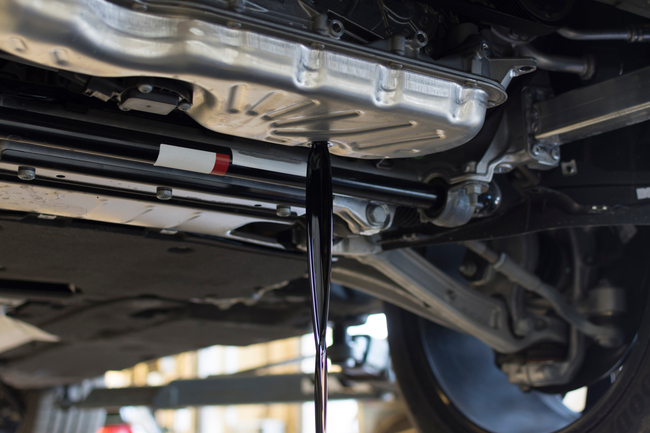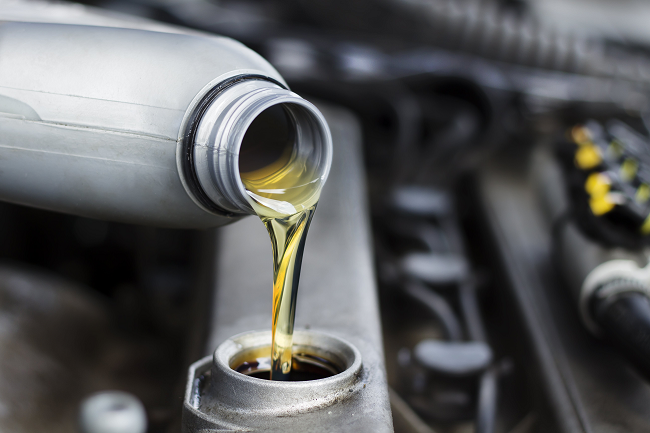
In the following article we will deal with engine flushing, and the Ask „yes or no“ apart. There are many myths surrounding this topic: While some factions generally doubt the benefit, others are stubbornly of the opinion that an engine flush makes sense. We provide you with the information you need to decide for yourself when it makes sense to flush the engine.
Contents
How does an engine flush work?
As a rule, such a procedure is carried out before a planned oil change (including the oil filter). The appropriate product, for example a Liqui Moly engine flush, is added to the engine oil and the vehicle engine is left to idle for a specified time (without driving!). The engine is then allowed to cool down and a normal oil change including oil filter is carried out. Depending on the product, a second oil change is carried out after a certain mileage and/or the engine oil pan is dismantled and cleaned. To answer which engine flush is good, it is advisable to look at various engine flush tests, even if they are not 100% conclusive. An alternative is a so-called engine flushing with diesel. In reality, this is more of a „soaking“ and your engine must not be running during this time. We therefore advise against this diesel flushing on your own.

Is an engine flushing with a modern engine oil still sensible?
If you look at the motor oil products available on the market, it quickly becomes clear that they have very little to do with the pure mineral oils that were more commonly used in the past. In the meantime, not only are semi- or fully synthetic lubricants often used, but between 10 and 30 percent of additives are also added. These are responsible, for example, for protecting your engine, reducing wear and foam formation and transporting impurities into the oil filter. Therefore, the question often arises as to whether the costs for an additional engine flush are worth it at all. Counter-arguments for using an engine flush are that it is effective against oil consumption and oil carbon.
Test of an engine flush
Comparative tests for a specific engine purge are difficult to perform. For this reason, they often come up with very controversial results. As described several times, you should instead make sure that you only use suitable, high-quality engine oils. If you have the feeling that the deposits and contamination in your engine are increasing, you can, for example, halve the oil change intervals (including the oil filter) for a certain period of time. In many cases, this is enough to significantly reduce engine contamination.

Is there a relationship between engine flushing and engine damage?
When using an engine flush, there is always a certain risk involved. Normally, solid deposits in the engine only impede its function to an insignificant extent, as long as there are no severe restrictions and no blockages. If you now use a product to immediately loosen these deposits, they are all introduced into the lubrication system at once. As a result, blockages and thus significant engine damage can actually occur. You should therefore ask an expert for advice before using an engine flush on your own responsibility.
Frequently asked questions (FAQ)
⚠ Does the use of an engine flush generally make sense?
no In particular, we advise against using this for the first time on an engine with a higher mileage. However, if you use such products „from the start“ and use it regularly, there can be a certain added value that nobody can guarantee.
⚠ Can engine flushing cause engine damage?
Unfortunately yes. This can happen in particular if you have been using your vehicle engine for a long time and have driven a lot of short trips. Then the amount of deposits and oil sludge is often so large that they clog the oil channels during cleaning. Such damage is sometimes not immediately apparent during the flush, but can also only manifest itself a few thousand kilometers later.
⚠ What’s the deal with an engine flush and a turbocharger yourself?
All products that are only used when the engine is idling usually have no effect on the turbocharger installed in the vehicle. In most cases, this rotates so slowly at idle that it is not particularly stressed despite a lubricating film that may tear off. Nevertheless, we strongly recommend that you read the operating instructions for your engine flusher carefully and strictly follow the manufacturer’s instructions.
⚠ Which engine flushers are commonly used?
In addition to engine flushing from Liqui Moly, products from the brands Addinol, Rymax, Mannol, Syprin and Mathy-C have also proven their worth. Because the individual products work and are used differently, the operating instructions and application instructions must be read and followed carefully.
Conclusion
In general, an engine flush should only be used in very specific cases and with fairly young engines (and then also regularly). You should therefore only use such a product if it is recommended to you by an experienced specialist workshop. Particular caution is always required if your engine has a five-digit or even higher mileage, you are using rather low-quality engine oil and you have not yet flushed the engine. In order to be able to benefit from a warranty in the event of potential damage, you should also think about having the engine flush carried out in a specialist workshop. Professional tools can also be used there, which are more efficient or powerful but more difficult to use.
A tip from CarTipsandmore: Before you have to try to whip your engine into shape with an engine flush, you better take precautions. We recommend the use of high-quality motor oils and their timely replacement. If you then make sure that you drive with high-quality fuel, you have already done your engine a lot of good.
